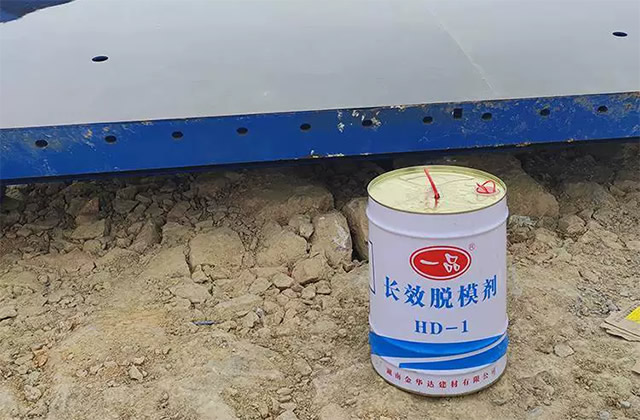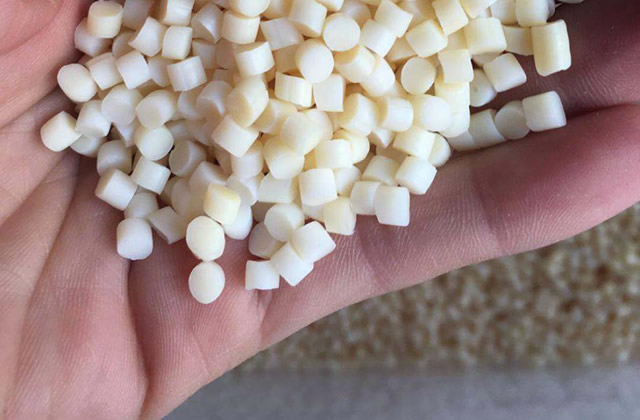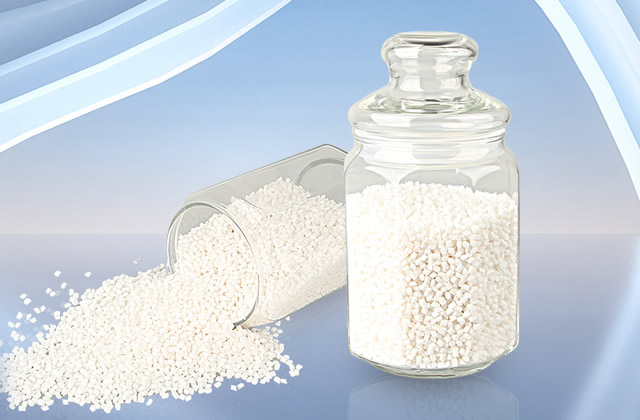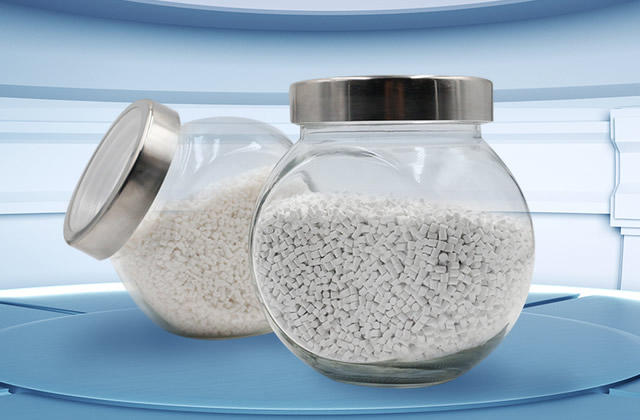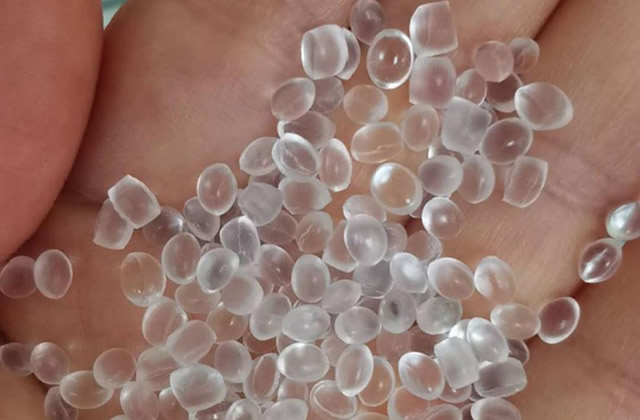1. What are the types of toughening agents?
Toughening agents are substances that can increase the flexibility of the adhesive film. There are many types of them, which can be roughly divided into They are divided into the following three categories:
1. Rubber toughening agents
The main varieties of this type of toughening agents include liquid polysulfide rubber and liquid acrylate Rubber, liquid polybutadiene rubber, nitrile rubber, ethylene-propylene rubber and styrene-butadiene rubber, etc.
2. Thermoplastic elastomer tougheners
Thermoplastic elastomer is a type of rubber that exhibits elasticity at room temperature and can be plasticized at high temperatures. Molded synthetic material. Therefore, this type of polymer has the characteristics of both rubber and thermoplastics. It can be used as a toughening agent for composite materials and as a matrix material for composite materials. Such materials mainly include polyurethane, styrene, polyolefin, polyester, syndiotactic 1,2-polybutadiene and polyamide products, which are currently used as tougheners for composite materials. The ones are styrenes and polyolefins.
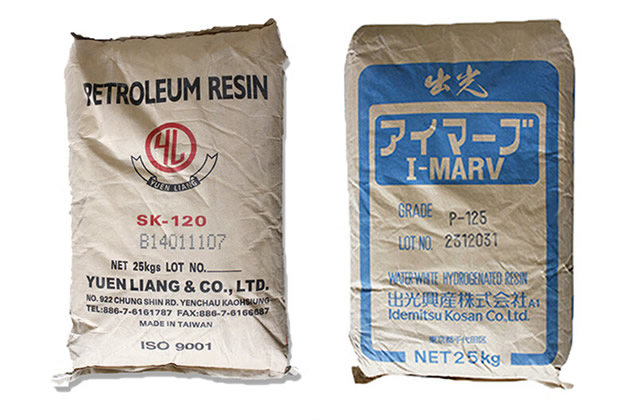
3. Other toughening agents
Suitable for composite Other tougheners for materials include low-molecular polyamides and low-molecular inactive tougheners, such as phthalates. Inactive tougheners can also be called plasticizers, which do not participate in the curing reaction of the resin.
In addition, toughening agents can also be divided into two categories: active toughening agents and inactive toughening agents according to whether they are active or not: active toughening agents refer to those whose molecular chains contain energy and The active group of the matrix resin reaction can form a network structure and add a part of the flexible chain, thereby improving the impact resistance of the composite material. Inactive tougheners are a type of tougheners that are well compatible with the matrix resin but do not participate in chemical reactions.
2. How to choose the appropriate type of toughening agent
There are many types of toughening agents. When selecting, you should base your selection on the type of resin and adhesive. The purpose of the adhesive is to select an appropriate type of toughening agent in order to obtain good overall performance. According to this standard, the principles for selecting toughening agents are:
1. Use carboxyl groups for epoxy resin adhesives Liquid nitrile rubber, carboxyl-terminated liquid nitrile rubber, polysulfide rubber, liquid silicone rubber, polyether, polysulfone, polyimide, nano calcium carbonate, nano titanium dioxide, etc.
2. Phenolic resin adhesive can be carboxyl nitrile rubber, liquidNitrile rubber, polyvinyl butyral, polyethersulfone, polyphenylene ether ketone. Water-soluble phenolic resin uses carboxyl nitrile latex and polyvinyl alcohol as toughening agents.
3. Quick-setting acrylic structural adhesives often use acrylic rubber, carboxyl nitrile rubber, chloroprene rubber, chlorosulfonated polyethylene, ABS resin, etc.
4. The α-cyanoacrylate adhesive should be acrylic rubber, ABS, SBS, SEBS, etc.
5. Unsaturated polyester resin adhesives should be liquid nitrile rubber, polyvinyl butyral, polyvinyl acetate, etc.
6. Urea-formaldehyde resin adhesives can be polyvinyl acetate emulsion, polyvinyl alcohol, etc.
If the website content violates your rights, please contact us to delete it。



